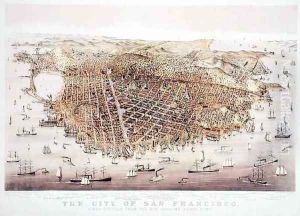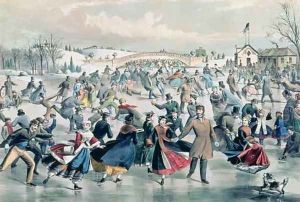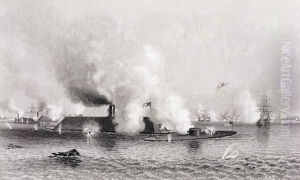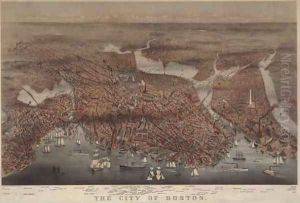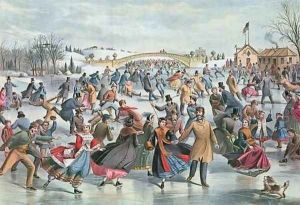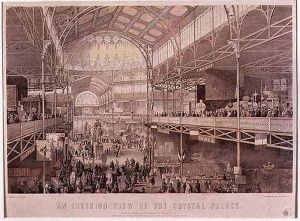Charles Parsons Paintings
Charles Parsons, born in 1821, was a distinguished British-American artist and lithographer whose work significantly impacted the visual documentation of the 19th century, especially in the realms of maritime and landscape art. His career, which spanned several decades, was marked by a remarkable ability to capture the essence of his subjects, ranging from bustling city scenes to serene landscapes and detailed ship portraits, reflecting the era's technological and societal changes.
Parsons immigrated to the United States in the early 1840s, where he quickly became involved in the vibrant art scene. He found employment with the major lithography firms of the time, including Nathaniel Currier's, which would later become the famous Currier and Ives. Parsons' skills as a lithographer were unparalleled, and he played a crucial role in the firm's success, contributing numerous designs that captured the American spirit and landscape. His work during this period was characterized by meticulous attention to detail and a keen eye for composition, qualities that made his lithographs highly sought after.
Throughout his career, Charles Parsons remained deeply engaged with the maritime world. His ship portraits are particularly notable for their accuracy and the way they convey the majesty and dynamism of the vessels. These works not only served as valuable records of maritime history but also reflected the era's technological advancements and the growing importance of naval power.
Beyond his contributions to lithography and maritime art, Parsons was also involved in the broader artistic community, participating in exhibitions and contributing to the development of American art. His work is a testament to the rich visual culture of the 19th century, capturing the transformative moments of his time with precision and beauty.
Charles Parsons passed away in 1910, leaving behind a legacy that continues to be celebrated for its historical value and artistic merit. His contributions to American lithography and maritime art remain significant, offering insights into the 19th century's aesthetic and cultural landscapes. Parsons' work is preserved in various institutions and collections, where it continues to be appreciated by art historians and enthusiasts alike.
